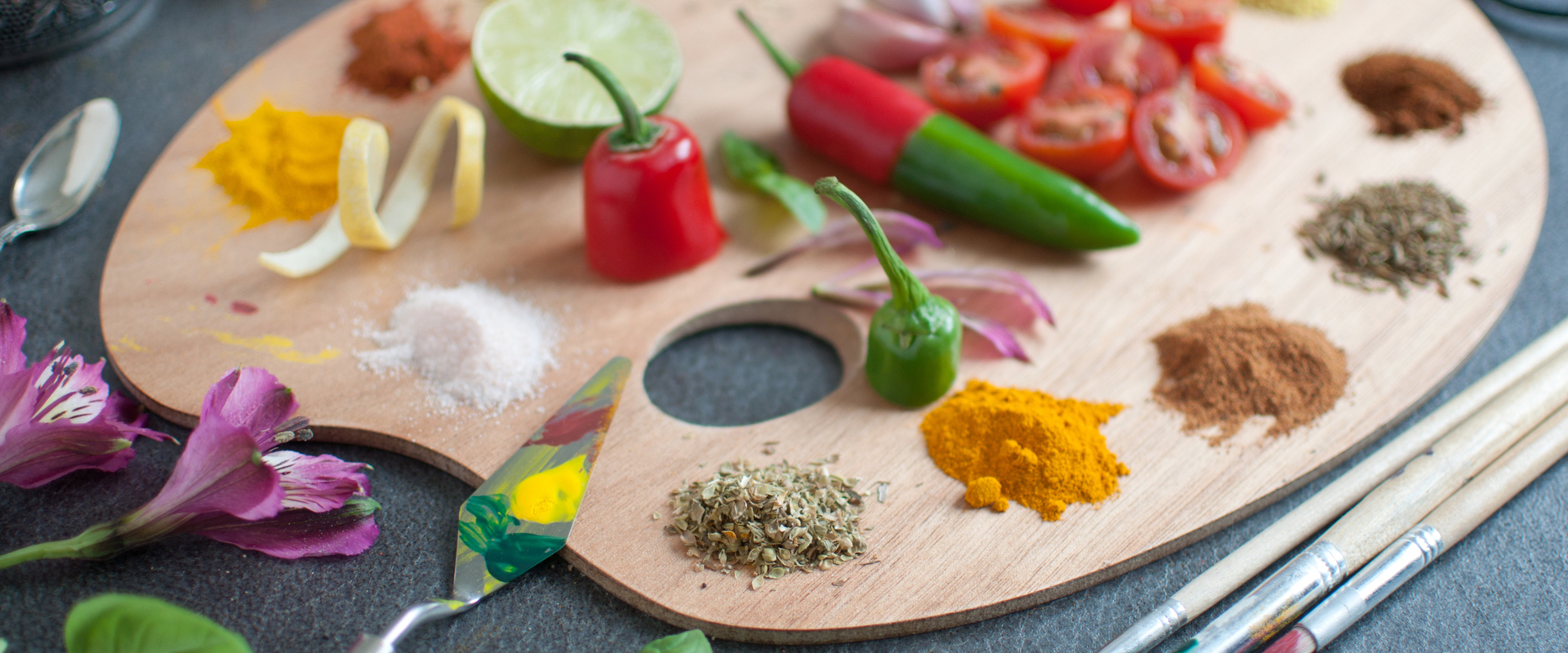“FoodLaw” from ALMA to protect creativity in the kitchen
2017-07-28
Chefs are today’s rock stars. They make highly successful dishes, and their live performances are often “sold out”. So why not find a form of
legal protection for their original works?
Gastronomic creations may be considered
an art form: titles like haiku poems, recipes as literary compositions, colours and compositional mastery as if on a canvas, volumes, thicknesses and consistencies like those of a sculpture, the sounds of taste like those in a piece of music.
It is precisely in order to protect the idea and the creation of works that fascinate the mind and activate all the senses, in some cases even elevating the spirit, that a book was published a few months ago:
FoodLaw. La tutela della creatività in cucina (“FoodLaw. Protecting creativity in the kitchen”) (published by Edizioni Plan, 2017), written by
Carmine Coviello and
Davide Mondin, in partnership with
ALMA-The international school of Italian cuisine.
It’s a milestone. Because it is
the first book in Italy to address an important issue which has not yet been adequately investigated in jurisprudence.
In view of the growing interest in gastronomy and dining and the rise of the chef to the status of artist, Coviello, a lawyer specialising in the visual and performing arts, and Mondin, who has a law degree and specialises in protection for food and gastronomic heritage and teaches at ALMA, sought – and managed, in a
rigorous text which is nonetheless delightful to read for both professional and amateur cooks – to explain when a creative effort in gastronomy may be considered a work of art and therefore eligible for legal protection.
The volume, which opens with a preface by chef
Davide Scabin, whom international food critics consider one of the boldest interpreters of refined, elaborate cooking, the mind behind “Combal.zero” at Rivoli (Turin), begins with a defence of the
recipe as gastronomic teaching and the rights of the people who create recipes, then goes on to look at protection of the
dish itself, of the food
product or
preparation resulting from application of the recipe. Addressing the thorny issue of acts of
unfair competition, he illustrates the conditions for
eligibility for patent protection of recipes, dishes, products and preparations and lists a number of
court decisionsin which the judges acknowledged the creativity of a gastronomic work, particularly in the world of literature and publishing.
In short, though it is at present difficult for a professional chef or an ordinary food lover to defend their rights, according to Coviello and Mondin, there are a number of tools already in existence in our legislative framework which could be used to attempt to
obtain protection for various forms of gastronomic creativity.
At the end of
FoodLaw, for example, a personal code is provided for free registration of a recipe with a legally valid timestamp on the portal
MySocialRecipe. Created by nutritionist Francesca Marino, it is the first web site for registering artistic recipes and new versions of traditional recipes revised by cooks and food lovers: one way of placing a legally effective mark on the timeline.
Mariagrazia Villa
Carmine Coviello and Davide Mondin,
FoodLaw. La tutela della creatività in cucina (“FoodLaw. Protecting creativity in the kitchen”), ALMA-Edizioni Plan, 2017, 132 pages, 27 euros.
